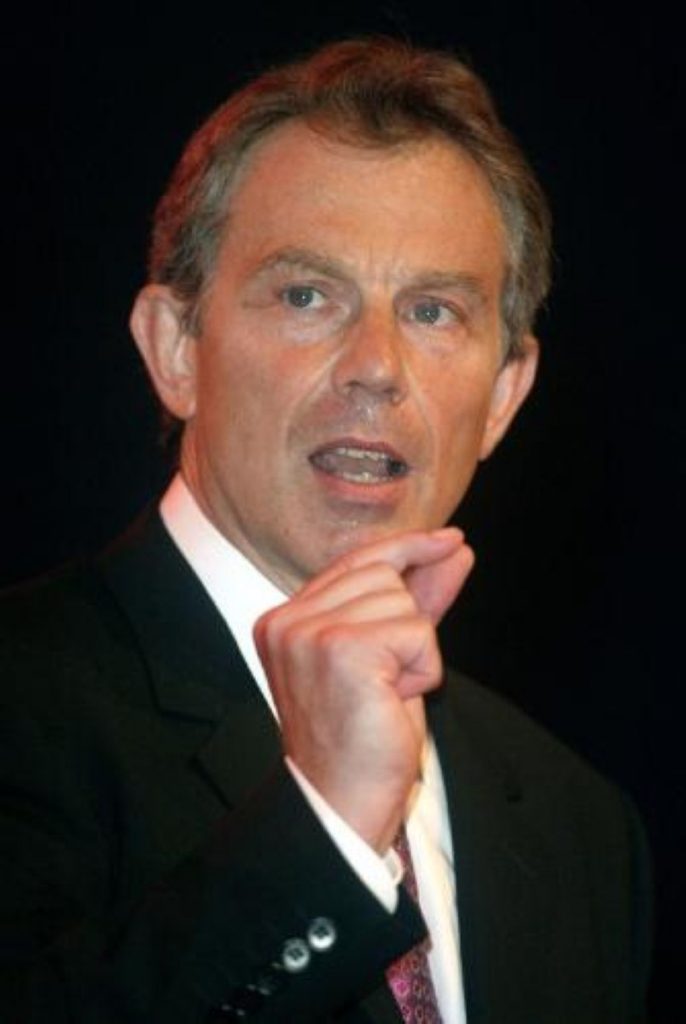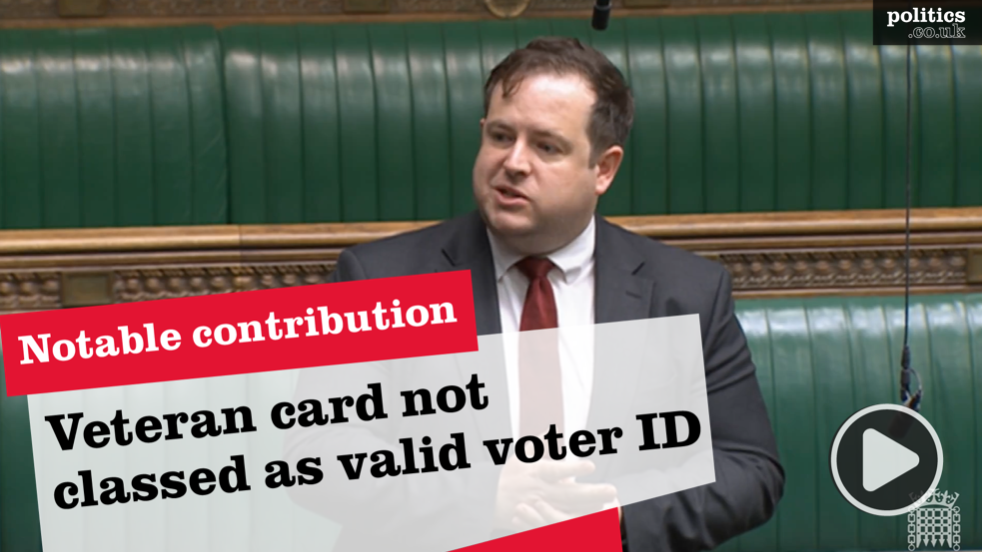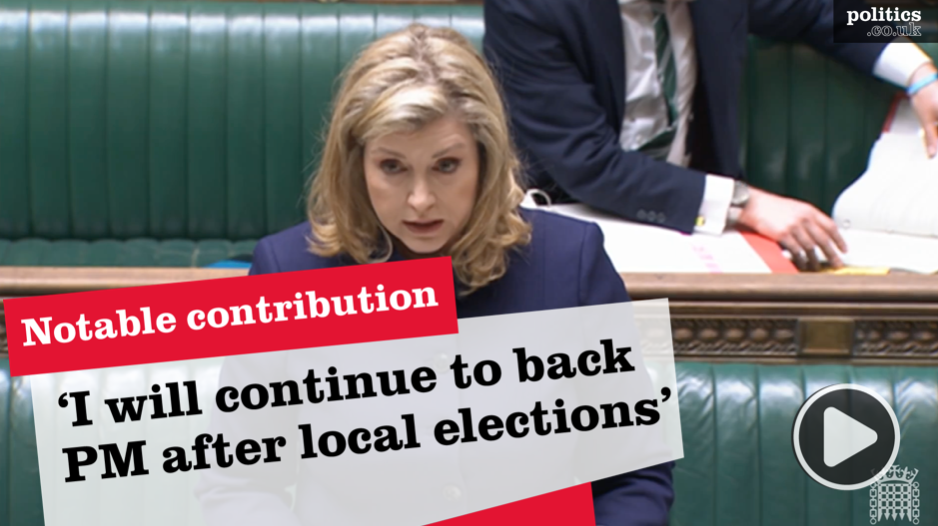Blair highlights “end of 1960s liberal social consensus on law and order”
In a keynote speech outlining Labour’s five year plan on law and order, the Prime Minister argued that the 1960s census on law and order is over.
Tony Blair said that though the 60s had seen great advances in women’s rights, personal freedom and removal of prejudice it failed to link rights with responsibilities.
The Government’s plans, Mr Blair said, will rebalance the system radically in favour of the victim and focus on community policing.
Law and order and countering anti-social behaviour have been a “personal crusade” of his since the 1980s when he first canvassed for Parliament.


He said that “there is such a thing as society”
“People do not want a return to old prejudices and ugly discrimination. But they want rules, order and proper behaviour.”
Mr Blair said that when Labour came to power the criminal justice system was “not fit for purpose” and there was a “resigned tolerance of failure”.
Over the past seven years he argued that although the Government had made significant strides in tackling the problems, stopping the fall in police numbers and halving the time to try young offenders, statistical improvement did not address how people feel.
Anti-social behaviour will continue to be a focus, and Mr Blair said that Anti Social Behaviour Orders (ASBOs) would be strengthened, more criminal assets would be seized, and bad pubs and clubs will be closed.
Controversially, Mr Blair also pledged to end jury trials where there is the suggestion of witness intimidation. Previous attempts to reduce the role of juries in complex financial trials have been defeated by the Lords.
The Prime Minister also promised an expansion of drug testing and drug treatment to target the offender and not just the offence.
All citizens have a right “to live free from fear”, Mr Blair said, arguing that “right across the country there is no longer any tolerance of behaviour that makes peoples lives a misery”.
Speaking before the Prime Minister, the Home Secretary acknowledged the growing importance of both prevention and reaction in the Home Office, and claimed that efforts will be made to strike a better balance.
David Blunkett promised further development of tagging and related satellite technology, so as to advance the concept of a prison without bars. But more than this he emphasised the power given to communities to make them safer.
Following a running theme, the Home Secretary said that local authorities and the communities they serve need powers such as anti-social behaviour orders and dispersal orders to tackle local crime. Moreover he gave credit to local communities for pushing for such powers and making the case for them.
A key focus would be to “rebuild the respect” for the people within their own communities that was lost in the 80s
The Home Office plans to crack down on prolific offenders as part of his pledge to reduce crime by 15 per cent.
In an advance article, Mr Blunkett said he had “ambitious plans to protect the law-abiding citizen and clamp down on those who abuse their neighbours and communities.”
He said he wanted to bring “police closer to the local communities” and will introduce dedicated neighbourhood policing teams. These will deal with local issues that affect communities and specifically act to tackle anti-social behaviour.
Mr Blunkett emphasised though he is not “seeking to recreate a mythical golden era of policing” as portrayed by Dixon of Dock Green, saying: “Instead these radical plans are the foundation of a new, modern way of providing security and order.”
Specific plans include placing the equivalent of 12,000 officers on the frontline through reducing bureaucracy and funding an additional 20,000 community support officers.
The Home Secretary also promised a greater focus on preventing crime, including more training in prison for offenders, providing extra support for children and families and increasing the number of youth inclusion programmes.











